In Childs' latest blog, "The Traveller's Path to Purchase – The Dreaming Phase" she states that national parks with no WiFi hot spots are missing marketing opportunities.
National park authorities are right to install WiFi at key locations in wilderness parks. ‘Live’ posts from up a mountain will inspire would-be travellers and help them to move from ‘dreaming’ to the ‘planning’ stages of the path to purchase.
That is the argument put forward by travel marketing guru Carolyn Childs of MyTravelResearch.com, which specialises in market research and digital marketing for travel organisations, including national parks.
 In Childs’ latest blog, “The Traveller’s Path to Purchase – The Dreaming Phase” she states that national parks with no WiFi hot spots are missing marketing opportunities.
In Childs’ latest blog, “The Traveller’s Path to Purchase – The Dreaming Phase” she states that national parks with no WiFi hot spots are missing marketing opportunities.
“Younger generation ‘millennial’ travellers don’t make a distinction between the real and virtual worlds. When in nature, millennials need to share their sublime moments via social media or the experience isn’t complete. They may love nature, but they feel that an enforced unplugging or de-teching is emasculating them and is the equivalent to a loss of control.”
Furthermore, inspirational posts by trusted friends are the most powerful kind of marketing. Childs says that friends reading the posts become inspired and start to ask practical questions such as ‘When is the best time to go?’ ‘How do I get there?’ ‘What’s the best thing to do?’ Seeing the post moves the recipient along the path to purchase from the ‘dreaming’ stage to ‘travel planning,” says Childs.
Accordingly, she supports the Parks Canada initiative to put WiFi into its serene wilderness areas. Facilitating live ‘in-destination’ posts fully fits in with Child’s Seven-Step Path to Purchase Model that destinations such as Tourism Australia, major hotel chains, cruise companies and research group TNS, among others, are all embracing.
The steps on the path to purchase, devised by Childs, include Dreaming, Planning, Booking, Anticipating, En Route, Destination, and Post-Holiday Sharing.
National Park authorities can use WiFi hot spots to update hikers, skiers and canoeists about specific points of interest (pioneer history, rare birds) and can pass on vital alerts such as bush fire or avalanche warnings to hikers’ mobile devices.
“The ability to post images from the destination is a very potent marketing tool, that’s why I’m confident that bodies such as Parks Canada are on the right track,” says Childs.
In any national park, vast areas are likely to remain uncovered by WiFi. “Therefore, having select WiFi hot spots makes sense and is a balanced approach.”
Childs sums it up. “What you do on your trip influences hundreds or thousands of others. Smart travel marketers such as Parks Canada are right to introduce WiFi to their wilderness parks experience.”
TravelDailyNews Asia-Pacific editorial team has an experience of over 35 years in B2B travel journalism as well as in tourism & hospitality marketing and communications.













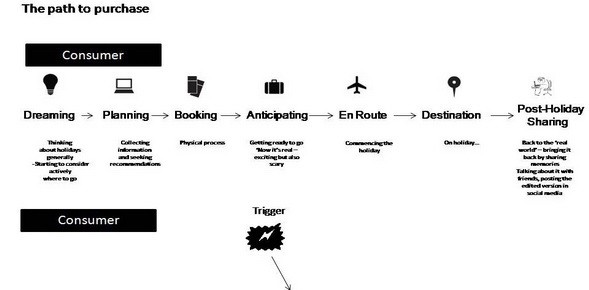










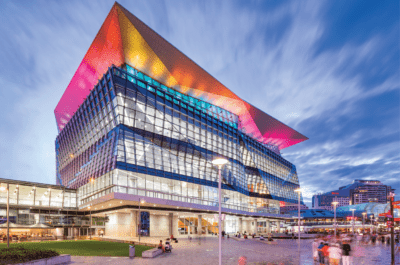
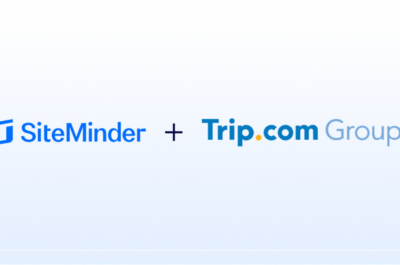




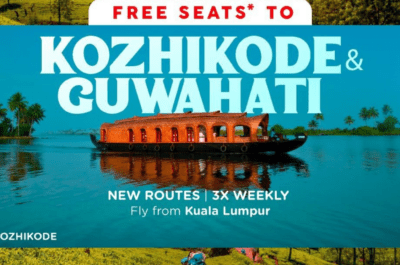
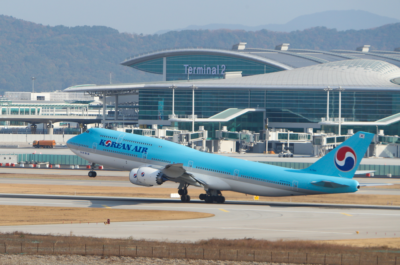
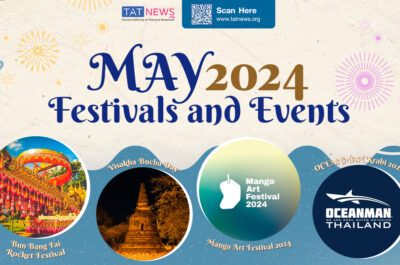
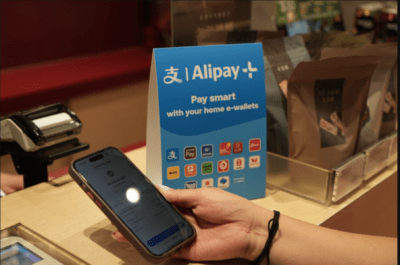
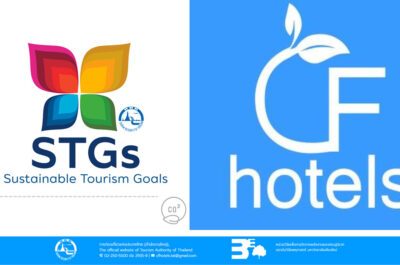
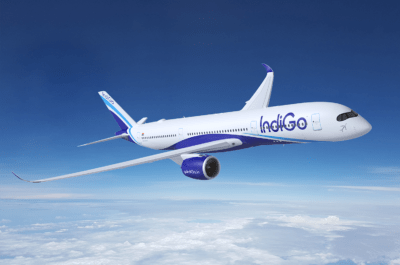



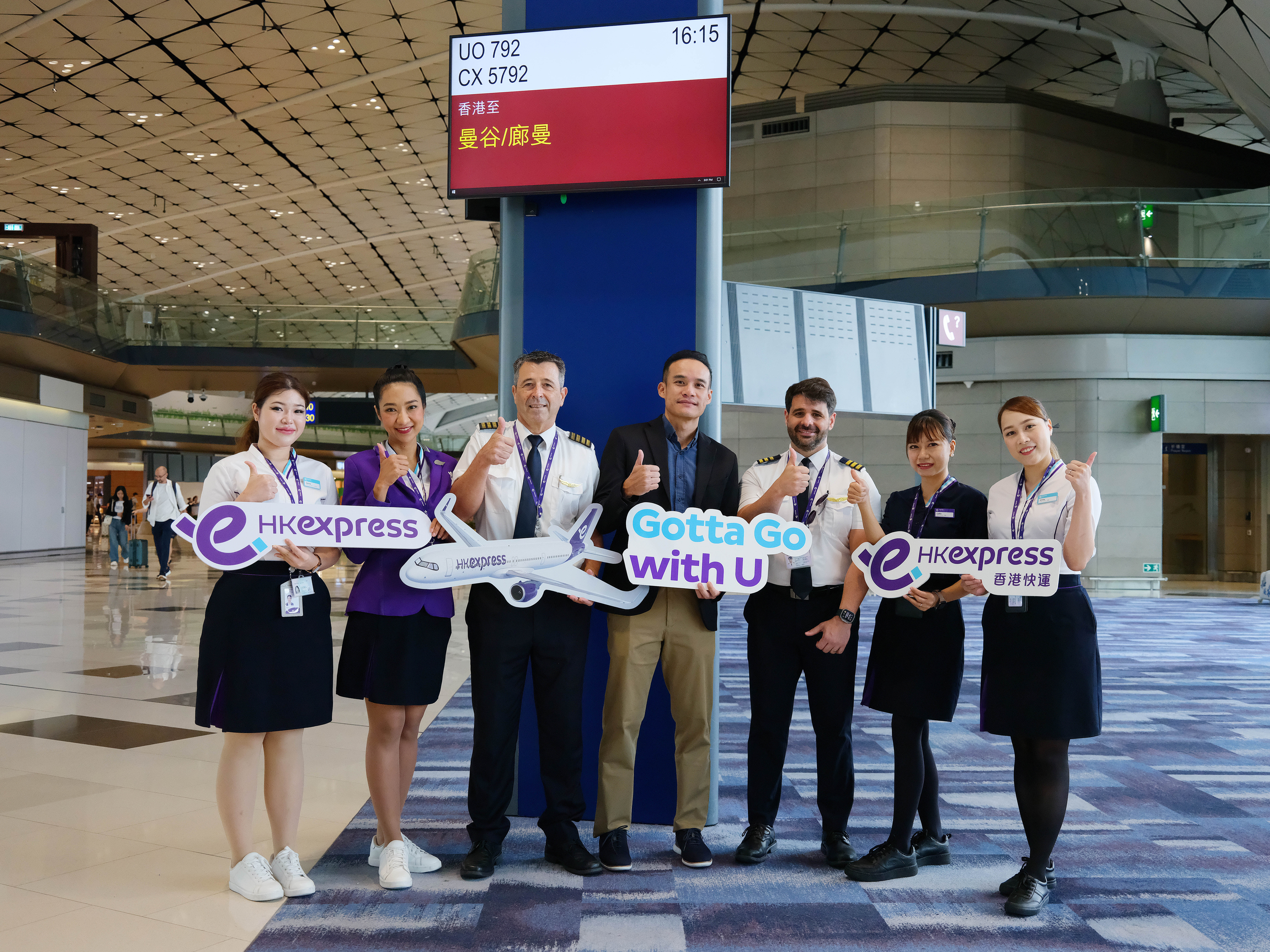

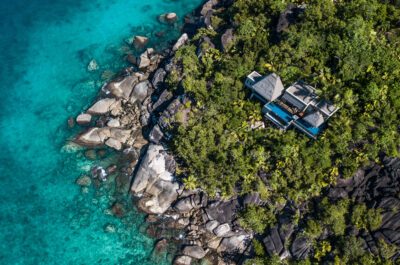
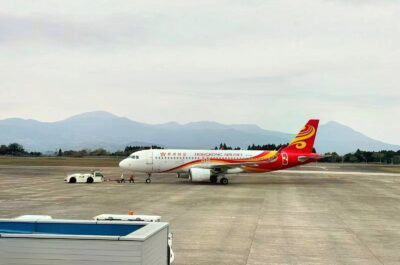
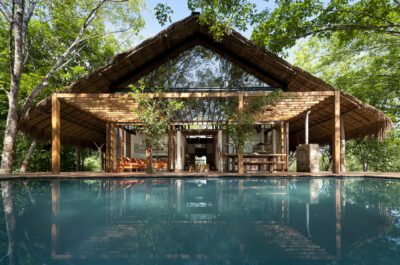



![[PR] PR_Ascott and Vimut Hospital_2024](https://www.traveldailynews.asia/wp-content/uploads/2024/04/PR-PR_Ascott-and-Vimut-Hospital_2024-400x265.jpg)


















